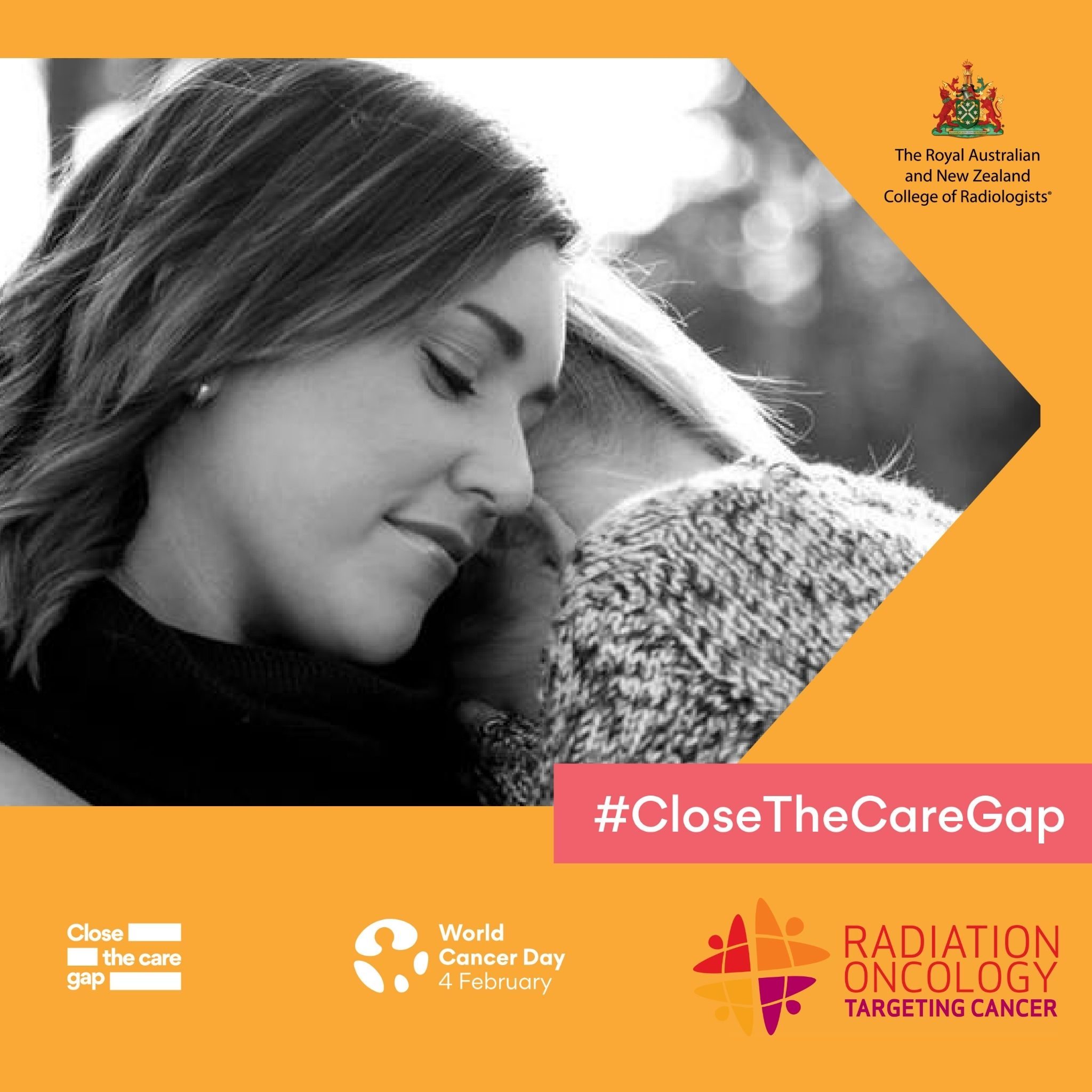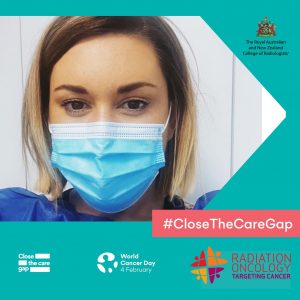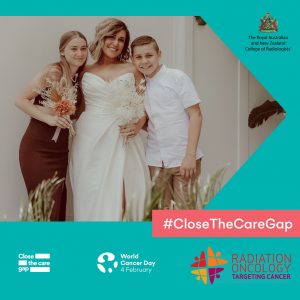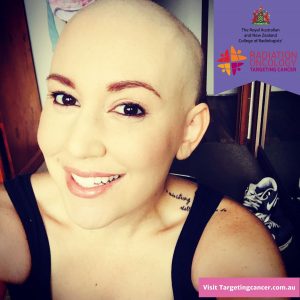Brachytherapy made a whole world of difference – World Cancer Day 2023 Story


This World Cancer Day puts a spotlight on cervical cancer. Today, we have the real opportunity, know-how and ability to save tens of millions of lives from cervical cancer – one of the most highly preventable and curable forms of cancer.
During this World Cancer Day, we’d like to tell Ashlee Williams’ story about her cervical cancer journey and brachytherapy.
“I believe I wouldn’t be here today sharing my story if I didn’t receive brachytherapy to treat my cervical cancer. I was told that I might not be able to live past Christmas when I was diagnosed in 2015,” said Ashlee Williams, a 33-year-old Aboriginal woman, a proud mother of two and a school teacher from Jervis Bay, on the south coast of New South Wales.
At the age of 26, Ashlee was diagnosed with Stage 3 cervical cancer, which was an aggressive tumour in her cervix and lymph nodes. She had to undergo specialised treatment with chemotherapy and radiation therapy, including brachytherapy. The closest brachytherapy service was in Sydney, 200km away from home. Her family stepped up and supported her through this tough time. During the brachytherapy treatment period, her brother offered to share his one-bedroom Sydney apartment while her parents back at home looked after the kids and her partner took unpaid leave from work to drive her up for her treatment.
“I was extremely fortunate and grateful that I didn’t have to travel three and half hours from the south coast of New South Wales to Sydney every time I received a brachytherapy session, but I know a lot of patients with cancers have to travel far to receive brachytherapy as it’s not always available in regional and remote Australia.”
Ashlee, now cancer-free, is passionate about advocating for equal access to brachytherapy for the cancer journey that she has been through. In her opinion, education about cancers and treatment options is vital in accessing radiation therapy and the biggest barrier is the stigma and fear about cancers prevalent within the Aboriginal community. Without culturally safe education and an understanding of what the treatment is about, trust will not be established between indigenous people with cancer and their medical team.
Recalling her experience of brachytherapy, she describes it as “radiation pods” being inserted into the cancer site under general anaesthesia to “hug the tumour and directly hit it”. It is a highly targeted treatment. The delivery process didn’t take more than 30 minutes for each session. The team at the cancer centre not only looked after her but also explained the treatment plan and process so she understood what was going on and what would happen next.
“For a lot of women with cervical cancer, brachytherapy might be the only means to treat it. In my situation, the cancer was so aggressive that it spread to my lymph nodes. I’m not operable. Brachytherapy made a whole world of difference,” said Ashlee. To everyone’s delight, by the end of the treatment subsequent scans showed that Ashlee’s tumour shrank by 80%.
Radiation Oncologists Advocate for Brachytherapy
Radiation oncologists are the cancer specialists who deliver brachytherapy to women with cervical cancer. On this World Cancer Day, leading radiation oncologists across Australia and New Zealand are raising awareness that brachytherapy is essential to curing women with cervical cancer. Radiation oncologists are extremely concerned that while Australia is working towards the elimination of cervical cancer, brachytherapy is becoming less available in Australia due to funding issues. Tragically, if patients miss out on brachytherapy, data shows their chance of survival is much lower.
Dr Carminia Lapuz, a radiation oncologist who specialises in gynaecological cancers, said: “This is a major risk that Australian women with gynaecological cancers will have reduced access to this life-saving treatment.”
According to RANZCR data and statistics, the total brachytherapy courses delivered to patients has fallen by 27.3% since 2017 when the government funding in brachytherapy was cut. This is despite new case numbers of cervical cancer remaining over 900 cases diagnosed annually. The majority of cancer centres where brachytherapy is available are located in metropolitan areas in Australia (88.2% as of 2020). There also exists a big divide in the public and private sector in offering brachytherapy, with the majority of the brachytherapy delivered in public hospitals and a clear decline in brachytherapy in private hospitals.
This all means that Australian women with gynaecological cancers may be missing out on this life saving treatment and have to travel far to access it. In particular, this affects Indigenous Australian women, who are 2.5 times more likely to be diagnosed with cervical cancer.
Dr Lapuz further commented: “Modern brachytherapy is more complex. The equipment to deliver this treatment is expensive and the maintenance cost is high to keep up to date with the technological advancements. While it will never be possible for brachytherapy to be available in every cancer centre, the government funding cut will have a detrimental impact on cancer centres being able to continue offering brachytherapy services. This will result in reduced patient access to brachytherapy and suboptimal care.”
During this World Cancer Day, RANZCR radiation oncologists are calling for increasing access to brachytherapy to ensure Australian women can get high-quality, life-saving brachytherapy as close to home as possible.
Learn more about our actions on World Cancer Day 2022 and World Cancer Day 2021.
Learn more about brachytherapy for cervical cancer.






